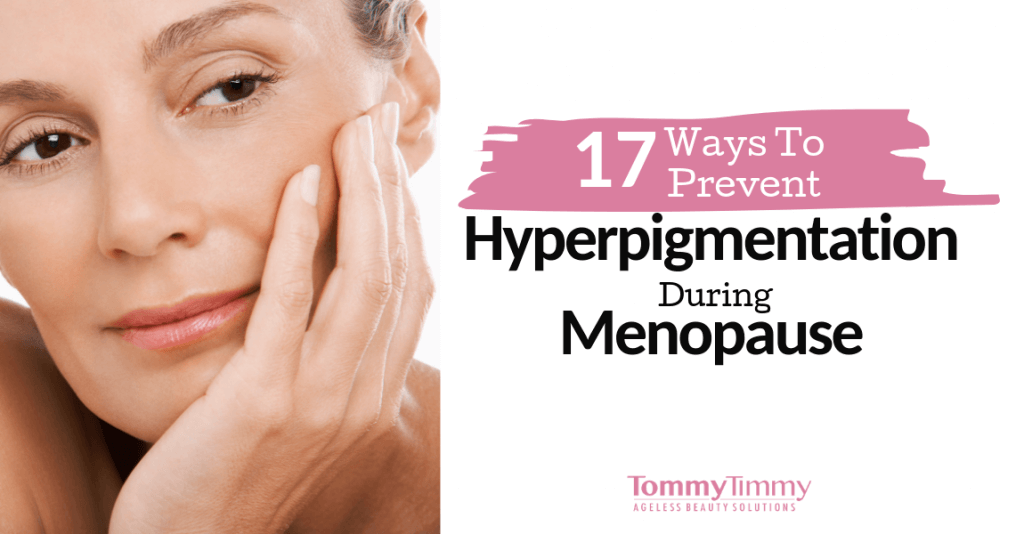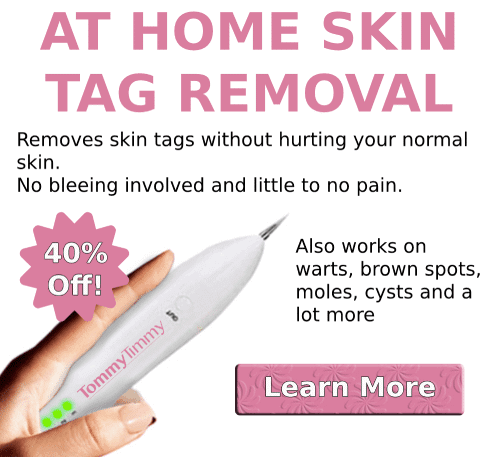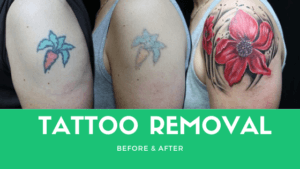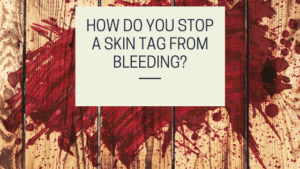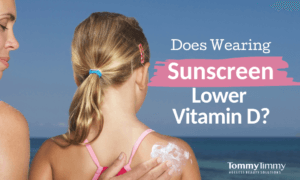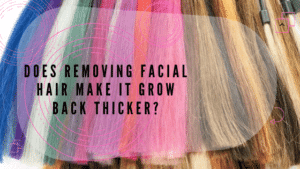Melasma, or hyperpigmentation of the skin, is a common condition that affects women about nine times more often than it affects men. Hyperpigmentation during menopause can be caused by genetic predisposition, inflammation or damage and hormonal changes, and is most often attributed to ultraviolet exposure from sunlight. First we’ll explain the what happens to the skin to cause hyperpigmenation during menopause, then we’ll give you 17 things you can start doing to combat it.
An accumulation of sun-damage in women’s skin becomes more visible around the same time as menopausal hormone-related melasma. Menopause affects women in several ways, but one of the most outward signs a woman has reached the end of her child-bearing years, is hyperpigmentation.
Contents
Hypermigmentation: There Are Ways To Prevent It
The upkeep of the cells that make melanin (protective skin pigment), is controlled by estrogen, which goes into a natural decline as a woman moves toward menopause causing these melanin-making cells, or melanocytes, to degenerate as women age. Menopausal skin with fewer melanocytes leads to less protective melanin, causing a woman’s skin to lighten and make it more prone to sun damage.
Because estrogen’s control of melanin production reduces as a woman goes into menopause, melanin synthesis increases, as it’s no longer regulated, and this can also result in hyperpigmentation, or, “age spots” as they’re commonly called. So if you’re menopausal, and you’ve noticed darkening patches of skin showing up across your forehead, your cheeks, the bridge of your nose, and especially your chin and jawline, you’re probably noticing the effects of both hormonal melasma, and photoaging.
Extra-facial melasma affects areas of skin on the arms, the neck, and the chest, and is much less common, however, it is the hyperpigmentation often associated with menopause.
The National Institutes of Health (NIH), in their up-to-date comprehensive review of melasma, found that combination treatments including oral, topical, and procedural therapies that target different mechanisms of the condition, were the most effective at reducing hyperpigmentation. Not re-exposing your skin to UV-rays (re-triggering) after treatment, led to a longer-lasting result.
PREVENTION IS MOST IMPORTANT
1. foundation or a moisturizing product that includes sunscreen, you’ll be protecting your skin from both the harm of UV-rays and the cumulative effect of sun damage. Re-applying sunscreen every two hours when outdoors is also important, even on cloudy days, and especially when swimming or sweating. But sunscreen by itself isn’t the best option.
2.Wearing protective clothing such as a wide-brimmed hat, or a long-sleeved shirt with a tight weave, in addition to sunscreen, will keep you fully protected. Some clothing even comes impregnated with UV-ray protection. Garments with UPF-rated clothing labels signify that the fabric has been tested in a laboratory. The level of sun protection listed on the label is based on the fabric’s construction, materials, weight, and even the color of the fabric, and it shows how much UV can penetrate it.
3. A healthy diet can also help combat hyperpigmentation in menopause. By consuming lots of Omega 3s you can help protect the skin from sun damage. A healthy diet full of vitamins will also help restore and refresh your skin.
PRODUCTS ARE A SECOND LINE OF DEFENSE
After protection, the best treatment for menopausal skin with melasma is the use of medication in the form of topical creams or gels containing agents that either disrupt or inhibit melanin production.
Topical Medications
1. Hydroquinone
Skin correcting products can contain a percentage of hydroquinone at 2% for over the counter, and 4% for prescription. Hydroquinone works by disrupting the production of melanin and lightens the skin when applied.
2. Retinols and Tazorac
Another few ingredients in topical creams that help combat melasma and the effects of photoaging are Retinol (Vitamin A) and other retinoids like Retin A and tretinoin, and Tazorac (Tazarotene). These compounds lighten the skin and exfoliate combat the effects of photoaging.
3. Natural Compounds
In the last few years, naturally occurring compounds have been studied for their therapeutic usefulness against hyperpigmentation.
Niacinamide, ascorbic acid (Vitamin C), kojic acid, azelaic acid, azelaic acid, beta-carotene, and Bearberry extract have all shown promise. When used in combination with another therapy that worked on a different mechanism, the result was even better.
There have also been a few other topical natural compounds tested in small studies to treat hyperpigmentation. Lignin peroxidase, arbutin, and soy have all shown favorable results.
4. Corticosteroids
Corticosteroids can be a helpful addition to a skin care regimen for hyperpigmentation because the work to both suppress the production of melanin and calm inflammation.
5. Alpha hydroxy and glycolic acids. Using these acids exfoliate the skin which allows skin lightening products to penetrate the skin more effectively.
Product Recommendations
Some skin care products that include a combination of these ingredients and work well are:
- Meladerm by Civant Skin Care
- Tommy Timmy Intensive Skin Corrector
- Peter Thomas Roth’s 10% Glycolic Solutions Moisturizer
- C-12 Pure Bright Serum from Dermalogica
Oral Medications
One of the newer treatments for melasma is the off-label use of oral Tranexamic acid, which is an anti-plasmin agent. There is limited investigation as to the efficacy of this drug, but new possibilities are on the horizon.
Procedures Can Be Added
Micro needling
Microdermabrasion
Chemical peels
Light therapies, including laser therapy
These are all good options for treatment of melasma in conjunction with topicals. These therapies, however, should only be performed by a trained professional or a dermatologist, so see a licensed esthetician or a dermatologist if you’re considering one of these processes.
It’s important to note that the combination of more than one of these therapies is the best way to prevent hyperpigmentation during menopause. Hormonal hyperpigmentation plus accumulated sun damage is difficult to correct once estrogen levels during menopause drop precipitously and the body can no longer control melanin production.
The best way to keep your skin looking even is with prevention through diet, and limiting sun exposure, but later in life when hormones affect the way our skin looks, there are several products available to help fade and reduce age spots. Procedures can even be added in as a third line of action to reduce the visibility of aging skin.

